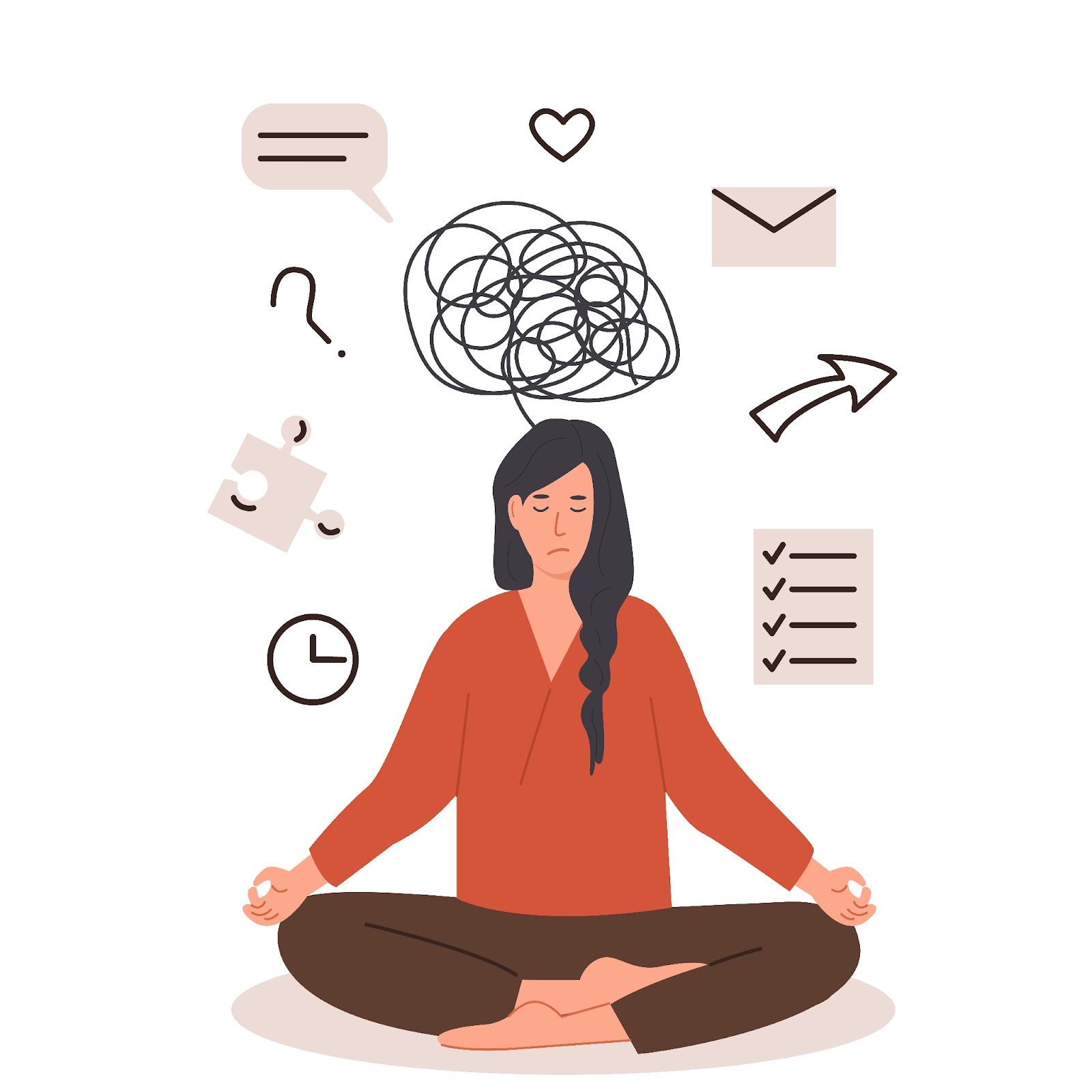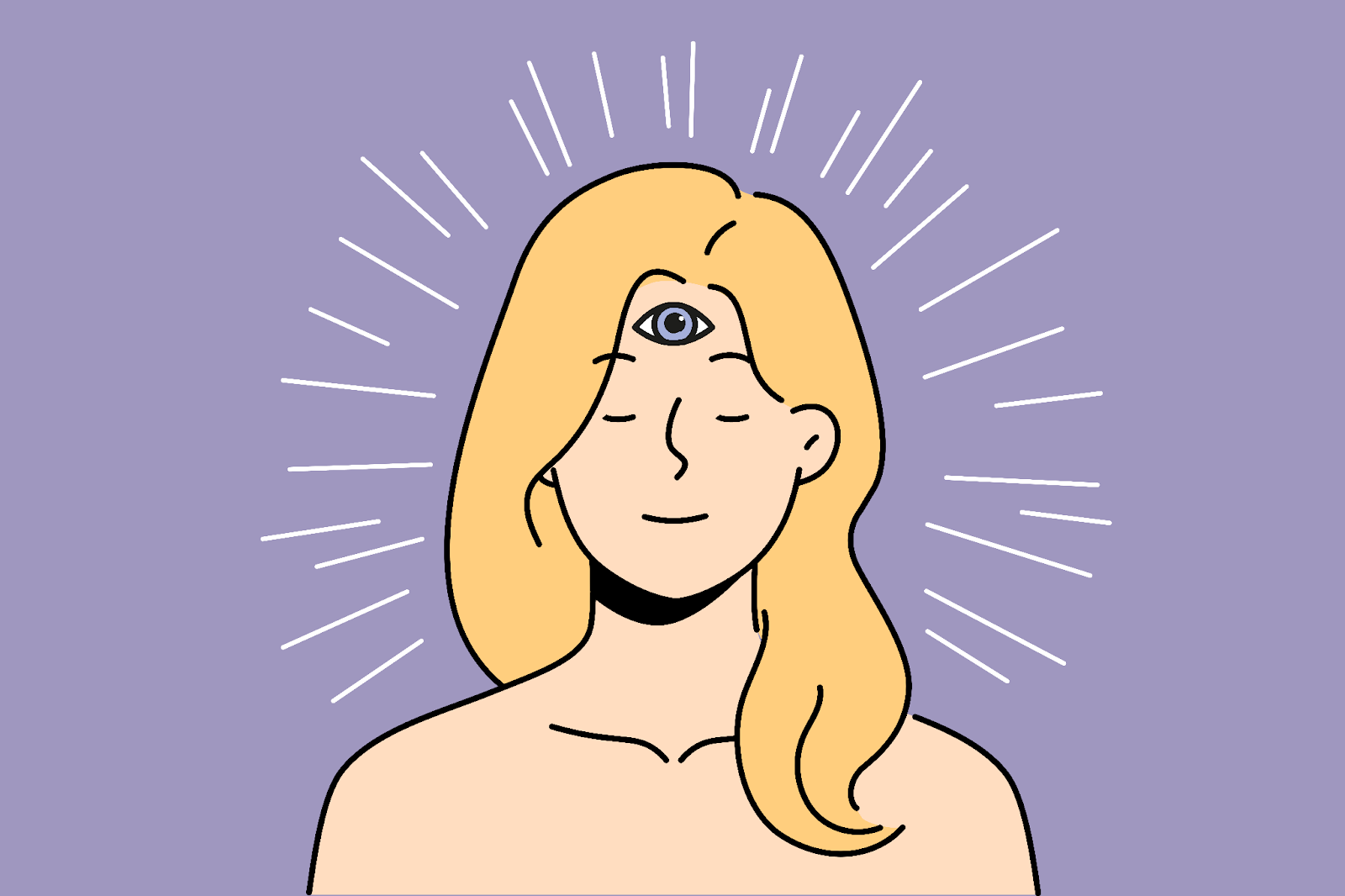The Art of Multitasking: Myth or Reality

Multitasking or Task Switching?
In our fast-paced present, we often get inspired and amazed by people who can do many tasks simultaneously. There is often an amount of super-people who can handle juggling phone calls, reading emails and reports, and doing meetings at the same time. We call it – multitasking. It is often presented as a valuable skill in today’s hyper-connected world. However, to bust the myth of multitasking, it is enough to review a few studies on the subject.
How we see multitasking as not a good way of improving productivity. In fact, multitasking is the ability to switch between tasks and perform them all at the time. Switching attention from one task to another. Humans are not made that way. We cannot perform multiple complex tasks at the same time. The brain, whose structure is centered in the prefrontal cortex, is more set up to concentrate on one task only at one time.
As we know that the cult of productivity is highly trended nowadays, we can understand that multitasking is one of the myths that was grown by such circumstances. The toxic idea that people have to fill up all of their time with productivity evolved to be the more exhausting idea – that there has to be more than one task at the same time.
The Illusion of Productivity
The notion that multitasking is more productive is primarily due to societal pressures and technological advances. The digital age has increased our interaction with multiple information streams, making multitasking seemingly inevitable.

We live in an age in which we are expected to be highly responsible and willing to develop without stopping. Being busy is like being productive, regardless of the result. No doubt this view can do more harm than benefit.
Numerous studies show that multitasking can lead to reduced attention spreading, reduced work efficiency, and increased stress and anxiety. The mental effort involved in switching between tasks can even drain our energy faster than focusing on a single task. One of the most significant studies conducted just before 2021 was conducted in 2020 by Kingston University in London researchers in a paper entitled Multitasking at Work: Effects on Employees’ Well-being. They found that excessive multitasking affects job satisfaction, reduces efficiency, and increases employee stress. This study highlights the importance of managing multitasking in the workplace, confirms the findings of several previous studies on the subject, and confirms what has been written previously.
When is Multitasking Possible?
Now that we’ve debunked the myths around multitasking, you’ll realize how ineffective this productivity strategy is. However, not all tasks place the same strain on the brain. There is a considerable difference between drafting a report, conversing on the phone, and painting while listening to a book recording. Some jobs become so familiar or commonplace that they become automatic, requiring little conscious effort and successfully combining with others.
Thus, the nature and complexity of the tasks can influence effective multitasking. As a result, the capacity to prioritize and control attention effectively is a more realistic description of the art of multitasking. This talent involves recognizing which tasks require our full, undivided focus and which can be completed on the perimeter of our attention, using different methods, strategies, and tools, such as an online daily planner, to prioritize your responsibilities, and making curriculum – which gives you a chance to alleviate your work process.
The Problem Of Generation Z
Attention deficit hyperactivity disorder (ADHD) is a neurological condition usually diagnosed in childhood and continues manifesting into adulthood.
The condition usually interferes with a person’s life if their symptoms are pronounced. Symptoms of this condition may include
Inattention: Difficulty concentrating, forgetfulness, mild distractions, and problems with organizing and completing tasks.

Hyperactivity: Constant movement, difficulty sitting in one place, excessive chatter.
Impulsivity: Lack of self-control, ill-conceived reactions, decisions, difficulty with waiting.
ADHD can be diagnosed by health professionals such as psychiatrists or psychologists, but many, often adults, are not even aware that they have such a diagnosis. They get used to their behavior and think it is normal, and as children, their symptoms are probably not as pronounced. In this era of multitasking and information inundation, the new generation is experiencing symptoms similar to ADHD.
However, it is essential to clarify that multitasking does not seem to cause ADHD. Still, constant involvement in multitasking, especially concerning the use of technology, can lead to scattered concentration and aggression, as with this disease. This is now being referred to as a Generation Z problem, and it is recommended that professionals be consulted to identify the cause of the interfering symptoms.
From Myth to Reality
Another approach may be the most effective for finding real productivity and a less stressful life.
Single-tasking, or mono-tasking, is an approach to work where you focus on one task at a time. It is the opposite of multitasking, where you try to do several things simultaneously. Single-tasking has many benefits, such as improving the quality of your work and increasing your focus, which helps to improve your concentration and focus on detail, thus reducing the chance of mistakes.
Studies show that single-tasking can boost your productivity because you don’t waste time and energy switching between tasks, and also, single-tasking allows you to work more calmly and focused. It is important to consider that switching to single-tasking can take time and practice, especially if you are used to multitasking.
You can start small – for example, by setting yourself a time when you work on one task without distractions. Over time, you can increase this time and apply the approach to more complex tasks.
In conclusion, the concept of multitasking as a powerful productivity tool is more myth than reality. Human brains are not wired to efficiently handle multiple complex tasks simultaneously. The reality of multitasking may instead lie in strategic task management and harnessing the power of focused, undivided attention. We shift the narrative from being “good multitaskers” to becoming proficient in mindful mono-tasking and strategic task allocation.




